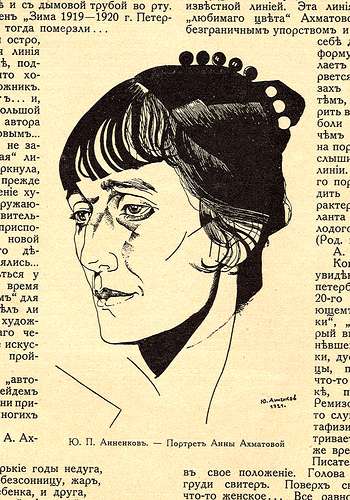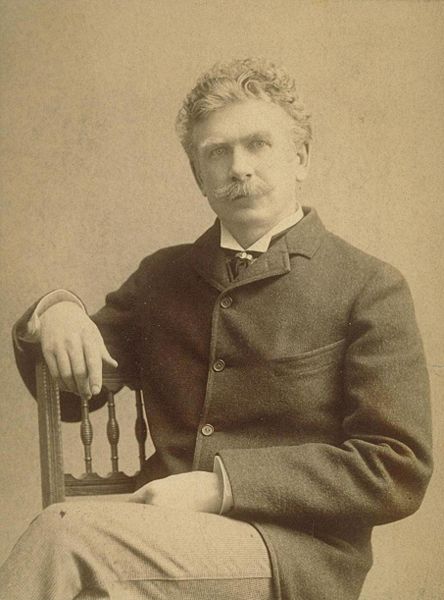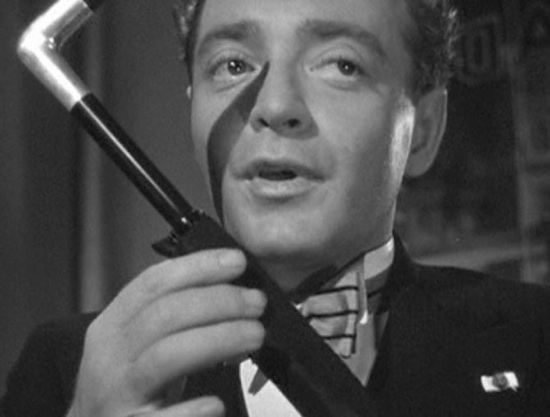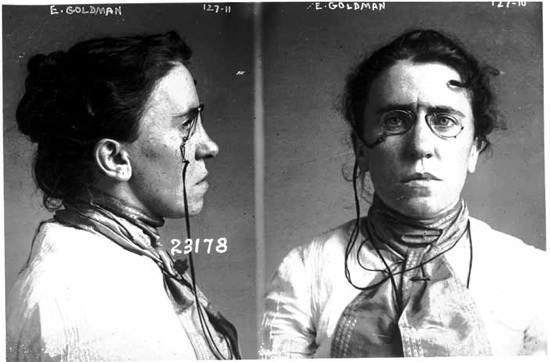Hilo Heroes, June 21-27
By:
June 21, 2009
HAPPY BIRTHDAY, this week, to the following high-, low-, no-, and hilobrow heroes. Click here for more HiLo Hero birthdays.

Today, the name MARY McCARTHY (1912-89) first brings to mind the frank bed-hopping and catty portraiture of The Company She Keeps and The Group, her biggest seller. But she was also an immaculate stylist, and excelled at cerebral satire — The Oasis and The Groves of Academe are novels of ideas in which all the ideas are either insincerely held or plain lousy — and even the randier books pause to cast a skeptical eye upon the Freudianism and Stalinism that pervaded McCarthy’s New York intellectual milieu. She was no less an iconoclast in public life and nonfiction, breaking from friends and lovers at Partisan Review as it listed rightward, founding the non-doctrinal politics with Dwight Macdonald, and executing crackling journalism on Vietnam and, while well into her sixties, Watergate. More alive to the link between temperament and intellect than many of her contemporaries, she once chalked up her antipathy for dogma (and love of fine distinctions) to her Catholic education: “I always enjoyed arguing with the clergy.” — Franklin Bruno

Much has been written (and rightly so) about white appropriation of black culture, but it’s only recently — in these days of Barack Obama, Pharrell Williams, and TV on The Radio — that we hear talk of the reverse: the ascendancy of the Afro-nerd, the black embrace of culture that’s long been considered “white.” Like millennial Christianity, geekdom is inherently utopian in its disregard of racial categories. This is why I love to think of the young OCTAVIA E. BUTLER (1947-2006) poring over 1950s SF magazines in her working-class Baptist household, imagining other possible worlds. Winner of Hugo and Nebula Awards, and the first SF writer to win a MacArthur, Butler used SF as a Brechtian alienation device to explore not only race relations, but equality, asymmetric warfare, and humanitarian law. In Kindred, she combined time travel with slave narrative; in Lilith’s Brood, she used the tropes of alien invasion and Darwinist thought-experiment to presuppose the Iraq War by more than a decade; and in her Parable series, she used the apocalypse to talk about slum culture and gated communities. Since Butler, the future has never been the same. — Jason Grote

ANNA AKHMATOVA (1889-1966) was the Joni Mitchell of her day, strikingly angular and beautiful, wrapped in a Spanish shawl, tearing through love affairs with the celebrated poets and artists of her age. Her early work spoke directly to a generation of women, giving voice to the poised ambiguities of love. She was imitated as often as she was painted in portrait, and earned the high praise of a Nabokov parody. Brodsky said she arrived with her voice fully realized, working in a classical style in an avant-garde age, her work laced with precise imagery, irony and wit. But Joni Mitchell didn’t have Stalin for an an enemy! Akhmatova was too famous and beloved to attack directly, so from 1925 to 1940 she was banned from publication, her husband was executed and her son sentenced to a labor camp, and her friends were tortured and murdered. Though Stalin made her a ghost in her own life and in her own country, he could not still her voice: Akhmatova’s Requiem, an epic about the Stalinist terror, is the greatest work of 20th-century Russian poetry. In the end, she outlived her persecutor, enduring long enough to see her work come back into print in the Soviet Union. — David Smay

AMBROSE BIERCE (1842-1914?)
Ambrose Bierce,
You were terribly fierce:
You fought in the Civil War.
Pigs eating men’s faces
And strategic disgraces
Were some of the things you saw.
In affairs sacrilegious
You were quite prodigious,
Regarding Our Lord as a fag.
But all is forgiven
And now you’re in heaven,
You magnificent brimstone wag.
— James Parker

ALEX TOTH (1928-2006) occupies one of the strangest positions in the pantheon of great cartoonists: an artist of enormous power and lasting influence, he produced almost nothing but ephemera, throwaways and hackwork. Toth could strip any figure down to a handful of perfectly brash lines; he composed every panel and page with immaculate attention to its dramatic force and storytelling fluidity. A master of character design, he devised the look of Space Ghost and the Super Friends cartoon. But Toth was enough of a perfectionist that he became impossible to satisfy — in 1991, he dismissed contemporary comics as “the ugly, mean, vile, banal, twisted, sick, bloody celebration of torture, rape, cruelty, filth, demonic and socio-political psycho-babble.” (His handwritten evisceration of a Steve Rude-drawn Jonny Quest story from 1986 still circulates among cartoonists.) So Toth’s admirers seek out the dopey, gorgeous little stories he scattered across decades of grade-Z funnybooks — Hot Wheels, Red Circle Sorcery, Our Fighting Forces — and try to follow his example, knowing that he could never approve of their efforts. — Douglas Wolk

From Abbott, the courtly assassin in Hitchcock’s The Man Who Knew Too Much, to the un-manly yet indefatigable Joel Cairo, in The Maltese Falcon, PETER LORRE (1904-64) mocked or otherwise subverted the very concept of “villain” with an ironic self-awareness unavailable to earlier horror actors like Lugosi and Karloff. His characters’ priorities disturb and thrill those moviegoers who’ve been conditioned to assume that villains only desire money and power, sex and violence. Instead, Lorre’s uncanny bad-guys long to collaborate with their intellectual equals; the furious Weltschmerz with which he infuses the word “idiot” has been echoed gleefully by Lorre-esque cartoon characters, from Mel Blanc’s mad scientists to Jon Kricfalusi’s mad chihuahua, for over half a century. Ever get the feeling that civilization is being overrun by testosterone-addled jackasses? Me, too. You don’t have to be a Hungarian-German Jewish refugee, like Lorre was, to sympathize with what we must recognize as his characters’ (perverted, to be sure) idealism. — Joshua Glenn

What was it about EMMA GOLDMAN (1867-1940) that made her, at the turn of the twentieth century, the most dangerous woman in America? Was it her early support of violent Attentats, such as her partner Alexander Berkman’s attempted murder of ruthless anti-labor heavy Henry Frick? Or her brusque debating style? (When erstwhile companion Johann Most changed his view on Attentats and printed defamatory insinuations against Berkman, Goldman demanded that he support his claims in print. When he didn’t, she appeared at one of his talks and beat him with a horsewhip.) Maybe her impudent stance on the position of women: a fellow little magazine editor said that Emma was sent to prison “for advocating that women need not always keep their mouths shut and their wombs open.” Most likely it was her withering fury at middlebrow beliefs, insinuating itself into every fervid, sloganeering phrase she produced: “What hosts are laid at your feet, Morality, destroyer of life.” — Tor Aarestad
